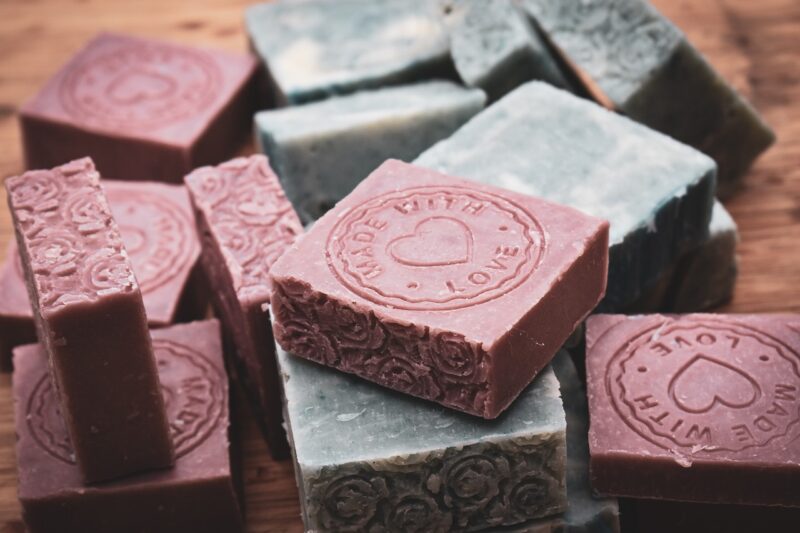
Soap has transformed human hygiene and health since its inception, playing a crucial role in the evolution of early civilizations. As far back as 2800 B.C. in ancient Babylon, soap was used for personal hygiene and medicinal purposes, evolving into an essential element in sustaining societies. This article explores how soap contributed to the flourishing of early civilizations, its historical significance, and the innovations that followed its discovery.
1. The Origins of Soap: A Historical Overview
The earliest evidence of soap-making dates back thousands of years. The Babylonians, Egyptians, and Romans all had early versions of soap made from fats and ashes, believed to be the first soaps created for cleaning purposes. In ancient Egypt, a mixture of animal fats and alkaline salts formed a thick soap-like substance used for bathing and embalming.
By examining artifacts and writings from these civilizations, historians found that soap was used not only for body hygiene but also for washing fabrics and even treating skin ailments. The evolution of soap parallels advancements in chemistry, which allowed for better production methods over the centuries.
2. Soap’s Role in Hygiene and Health
As human populations grew, so did the understanding of hygiene and its impact on health. In highly populated areas, the spread of disease from unsanitary conditions became a concern. Soap emerged as a preventive measure against illness, aiding in the cleaning of not just bodies but also surfaces where bacteria thrived.
- 2.1 Personal Hygiene: Regular use of soap became essential in personal care routines. Bathing with soap reduced body odor and contributed to overall health, which, in turn, influenced social standings and interactions among people.
- 2.2 Public Health: Soap was instrumental during outbreaks of diseases. Early physicians noted the correlation between cleanliness and lower infection rates, leading to public health measures that encouraged soap usage, particularly during outbreaks of diseases such as cholera and typhoid.
- 2.3 Skin Treatments: Ancient documents indicate the use of soap for treating skin-related conditions. The cleansing properties of soap helped remove impurities, and natural oils combined with herbs and plants provided additional therapeutic benefits.
The promotion of hygiene practices in homes and public spaces through the use of soap can be seen as pivotal in enhancing the quality of life and cultivating a healthier society.
3. The Social Implications of Soap in Early Civilizations
Soap not only improved personal hygiene but also influenced social interactions and institutions.
- 3.1 Ritualistic Uses: In many ancient cultures, cleanliness was linked to spirituality and religious practices, where bathing rituals with soap played a role in purification before entering sacred spaces or participating in ceremonies.
- 3.2 Trade and Economies: The production and trade of soap became significant in some societies. It fostered economic growth, with different regions becoming known for their distinct soap-making techniques and scents, leading to cultural exchanges through trade.
- 3.3 Status and Lifestyle: The availability and use of soap symbolized wealth and social status. Those who could afford quality soap were often distanced from the lower economic classes who had limited access to hygiene products, thereby creating societal stratifications based on cleanliness and health practices.
Thus, soap became intertwined with various aspects of society, indicating more than just a practical tool but a marker of cultural identity and social hierarchy.
4. The Evolution of Soap Production
With technological advancements came improved methods of soap production. During the Middle Ages, the production of soap shifted from a local, artisanal craft to more structured manufacturing processes.
- 4.1 Innovations in Ingredients: The move towards ingredients like animal fats and vegetable oils allowed for various forms of soap, including solid bars and liquid forms. New techniques, such as saponification (the process of making soap from fat and lye), emerged during this time.
- 4.2 Industrial Revolution: The 19th century brought mass production techniques, making soap more accessible to the general public. Factories began producing soap in large quantities, which made it cheaper and an everyday necessity for households.
- 4.3 Modern Soap Making: Today’s soap production incorporates synthetic materials, fragrances, and colorants, resulting in a wide range of products and innovations. However, the core principles of cleanliness and hygiene remain unchanged since these ancient practices.
The evolution of soap reflects changing societal needs, illustrating its lasting impact on civilizations.
5. Conclusion: Soap as a Catalyst for Civilization
From early societies to modern-day practices, soap has been a cornerstone in the development of hygiene, health, and societal norms. Its role as a catalyst for growth highlights how such a simple item can influence vast cultural and social landscapes.
Today, as we become increasingly aware of health and hygiene, the lessons learned from history about the importance of cleanliness and its power in shaping civilizations remain relevant.
Embracing the traditions of soap in our daily lives is not just a personal choice but a celebration of the progress our ancestors made in the quest for health and well-being.







